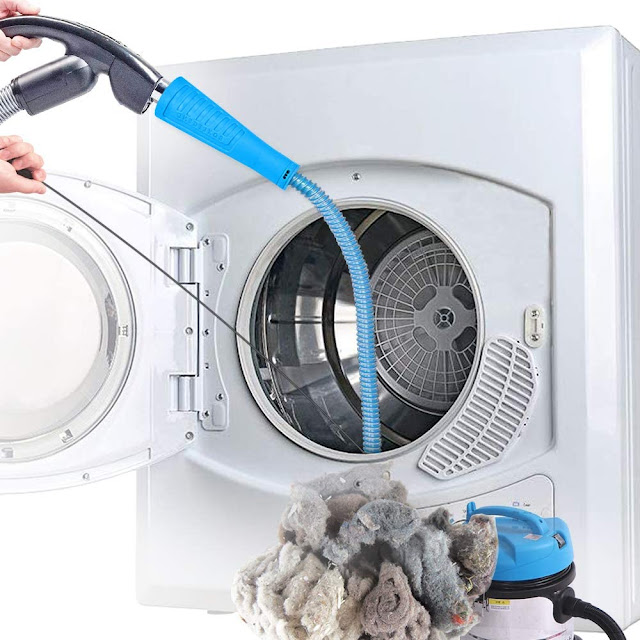Even though its name says it all, a dryer does not always dry your clothes perfectly every time. You may need to clean out your dryer vent ducts if your clothes are still very wet after a full drying cycle or if you've noticed that the outside of the dryer gets very hot while it's working.
There are some tips for cleaning a dryer vent in simple steps:-
- Find Your Vent
Before you clean your dryer vent, you will need to find out where it is. Most clothes dryers have a short exhaust pipe with a 4-inch diameter that leads to ductwork inside a wall. Hot air from your dryer goes through this pipe and out of your home through a vent on an outside wall. Once you know where your dryer's exhaust vent is outside, look inside to see if there is any dust, lint, or even dead bugs. Remove any obstructions by cleaning the screens.
- Carefully Disconnect Your Dryer
You can unplug your dryer as soon as you know how your ducts work. Once that's done, take off any metal tape or clamps that hold your dryer vent pipe to its exhaust. When pulling the vent pipe out of the wall duct, be careful not to break the pipe by putting too much force on it.
- Vacuum the Lint
You should now be able to see inside your dryer vent clearly from inside your laundry room. Use the hose attachment on a vacuum cleaner or shop vac to remove any lint from the hole or area.
You can repeat this process on the outside duct with a handheld vacuum. If that does not work, try to clear the outside by hand.
- Get In There With A Brush
Attach the clothes dryer brush to your power drill from your vent cleaning kit. You should push the brush as far back as you can, but keep in mind that you may need to move the hose attachment carefully depending on how your duct is set up. If you cannot get the brush through the whole duct or if the brush is not long enough, try putting the head of the brush in the outside duct as well.
- Clean Up and Reconnect
At this point, you have probably found a lot of lint. You can get rid of your new fluffy friends with a vacuum cleaner or a broom and dustpan.
Next, plug your gas clothes dryer into the wall outlet and put the wall duct back together. If your dryer's vent to the wall is made of soft foil, you will need to replace it with something stronger.
Celebrate
Even though cleaning out a gas clothes dryer is not the most exciting job, you took on the challenge and did a great job, so you deserve a victory lap. Turn on your dryer and listen as the air flows smoothly out of the vent. That is the sound of success. No more wet clothes, and no more endless washing and drying. In addition, you did everything by yourself.
Take out the lint trap filter at the edge of your best home clothes dryer and remove the lint before every drying cycle to keep those annoying lint fibers from getting in the way. Depending on how often you dry your clothes, you may also need to vacuum the lint screen. Lastly, you should sweep and dust the area around your dryer.

Comments
Post a Comment